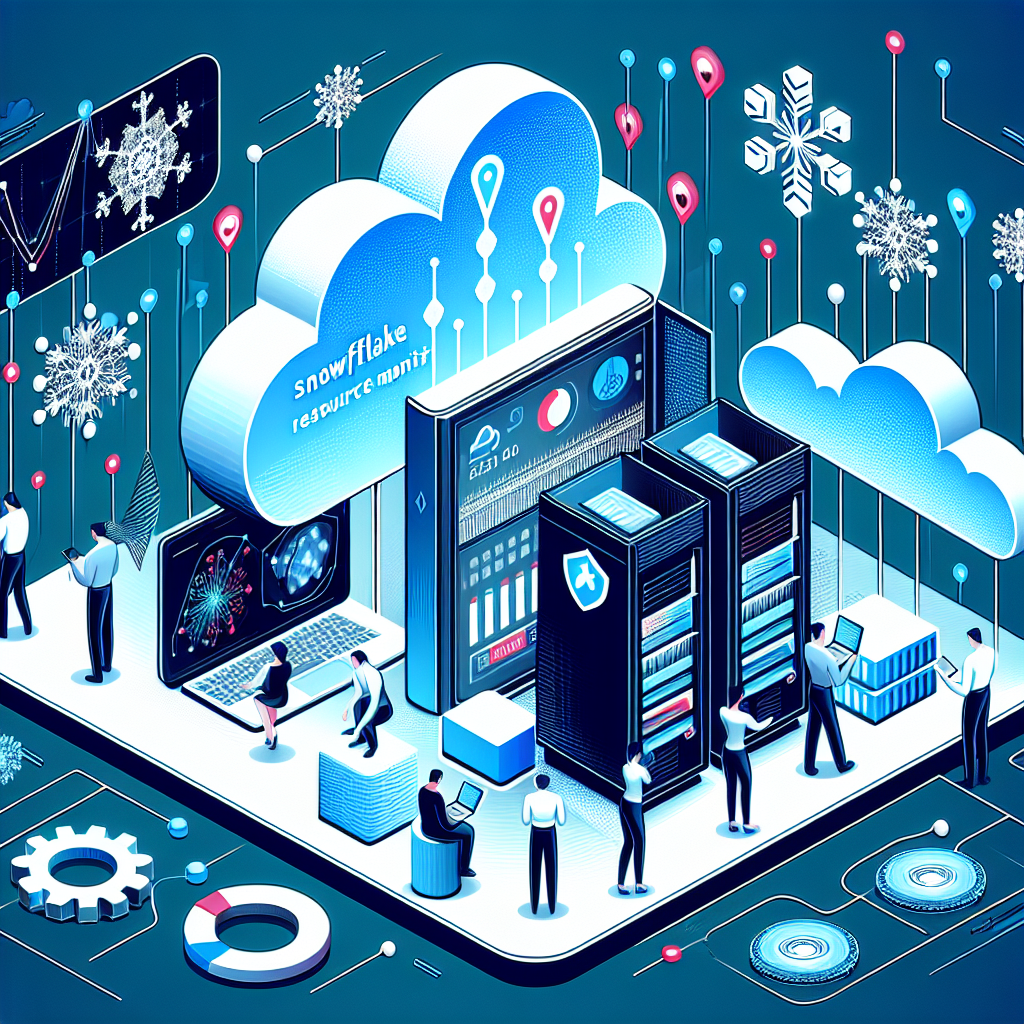
Snowflake Resource Monitors and Credits are essential tools for managing and optimizing your data operations in the cloud. For beginners in India aiming to harness the power of Snowflake, understanding these concepts is crucial for efficient data management and cost control. In this post, we'll explore the latest features, updates, and best practices surrounding Snowflake Resource Monitors and Credits as of October 2025.
Whether you're new to Snowflake or looking to refresh your knowledge, this guide will provide you with practical tips, insights, and current trends to make the most out of your Snowflake experience.
KEY POINTS / TL;DR:
- Snowflake Resource Monitors help manage costs by tracking credit usage.
- Latest 2025 updates include improved alerting features.
- Learn step-by-step setup and configuration.
- Understand the benefits and potential drawbacks.
- Explore common mistakes and how to avoid them.
- What is Snowflake Resource Monitors and Credits?
- Latest Updates & Features (October 2025)
- How It Works / Step-by-Step
- Benefits of Snowflake Resource Monitors and Credits
- Drawbacks / Risks
- Example / Comparison Table
- Common Mistakes & How to Avoid
- FAQs on Snowflake Resource Monitors and Credits
- Key Takeaways
- Conclusion / Final Thoughts
- Useful Resources
- What is Snowflake Resource Monitors and Credits?
- Latest Updates & Features (October 2025)
- How It Works / Step-by-Step
- Benefits of Snowflake Resource Monitors and Credits
- Drawbacks / Risks
- Example / Comparison Table
- Common Mistakes & How to Avoid
- FAQs on Snowflake Resource Monitors and Credits
- Key Takeaways
- Conclusion / Final Thoughts
- Useful Resources
📚 Table of Contents
What is Snowflake Resource Monitors and Credits?
Snowflake Resource Monitors are tools designed to help users manage and control their credit usage within the Snowflake environment. Credits in Snowflake are a measure of consumption, much like electricity units in a household. As of October 2025, the latest version of Snowflake offers enhanced monitoring capabilities, allowing users to set thresholds and receive alerts when certain limits are approached. For instance, if a team is nearing its monthly credit limit, a resource monitor can send notifications to prevent unexpected costs.
Latest Updates & Features (October 2025)
- Enhanced Alerting System: The 2025 update includes a more robust alerting system, enabling real-time notifications via multiple channels such as email and SMS.
- Granular Usage Reports: Users now have access to detailed reports that break down credit usage by department or project, making it easier to identify high-consumption areas.
- Automated Scaling Options: With the latest version, Snowflake can automatically adjust resources based on usage patterns, optimizing credit consumption.
- Improved Integration with BI Tools: Seamless integration with popular Business Intelligence tools allows for better data visualization and analysis.
- User-Friendly Dashboard: An updated dashboard provides a comprehensive view of credit usage and resource allocation, improving user experience.
How It Works / Step-by-Step
- Access the Snowflake Console: Log into your Snowflake account and navigate to the Resource Monitors section.
- Create a Resource Monitor: Click 'Create' and set the parameters including credit limits and notification preferences.
- Assign to Warehouses: Link the monitor to the relevant warehouses to track their specific usage.
- Set Alerts: Configure alert thresholds to receive notifications when usage approaches the set limits.
- Review Reports: Regularly check usage reports to adjust settings as needed, ensuring efficient credit management.
Benefits of Snowflake Resource Monitors and Credits
- Cost Management: Resource Monitors help prevent overspending by alerting users before they exceed their credit limits.
- Operational Efficiency: By tracking usage, teams can optimize their processes and allocate resources more effectively.
- Proactive Monitoring: Real-time alerts and detailed reports enable proactive management and decision-making.
- Scalability: Automated scaling ensures resources are adjusted based on demand, improving performance without manual intervention.
- User Control: Provides users with control over their data operations, enhancing accountability and transparency.
Drawbacks / Risks
- Complex Setup: Initial configuration can be complex for beginners, requiring a learning curve.
- Over-Reliance on Alerts: Users might become too dependent on alerts and neglect manual monitoring.
- Potential Misconfigurations: Incorrect settings can lead to unexpected usage and costs.
- Limited Customization: Some users may find customization options for alerts and reports limited.
Example / Comparison Table
| Feature | Snowflake | Traditional DW | Pros/Cons |
|---|---|---|---|
| Cost Management | Automated alerts and scaling | Manual monitoring | Pros: Efficient; Cons: Initial setup |
| Integration | Seamless with modern BI tools | Limited BI integration | Pros: Better insights; Cons: Complexity |
| User Accessibility | User-friendly dashboard | Often complex interfaces | Pros: Intuitive; Cons: Learning curve |
| Scalability | Automated based on demand | Requires manual adjustment | Pros: Dynamic; Cons: Dependency on setup |
📢 Share this post
Found this helpful? Share it with your network! 🚀
MSBI Dev
Data Engineering Expert & BI Developer
Passionate about helping businesses unlock the power of their data through modern BI and data engineering solutions. Follow for the latest trends in Snowflake, Tableau, Power BI, and cloud data platforms.
No comments:
Post a Comment